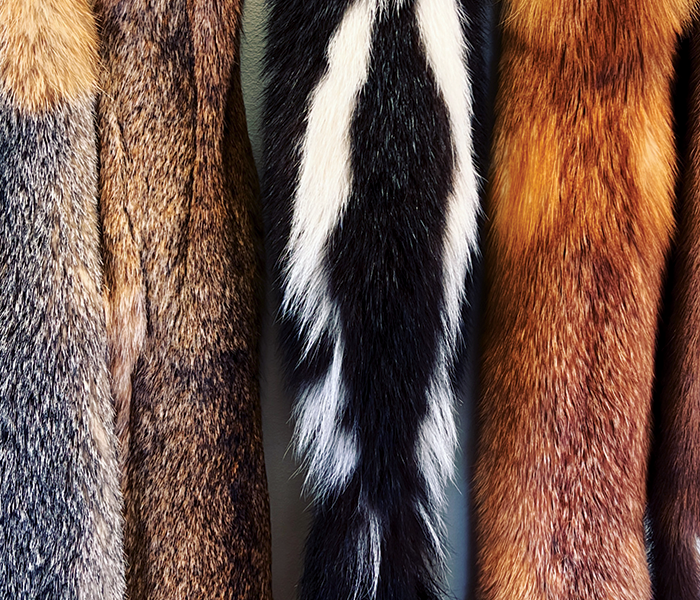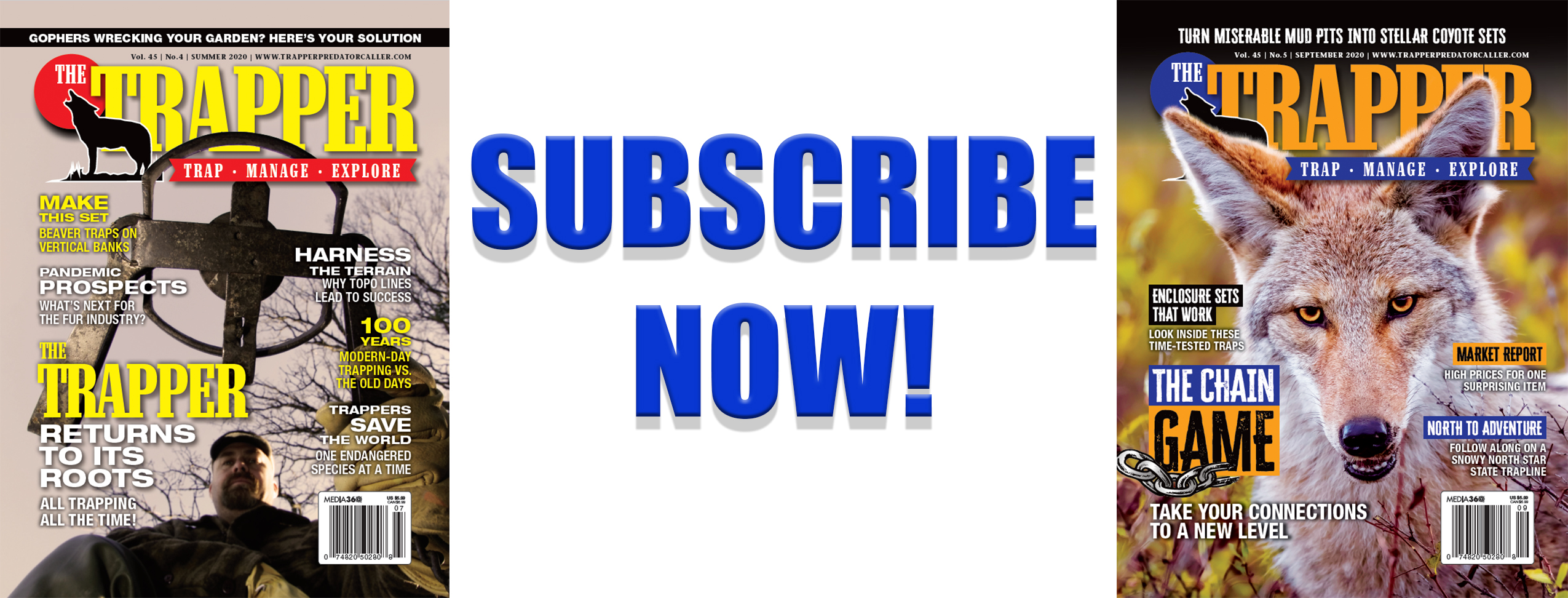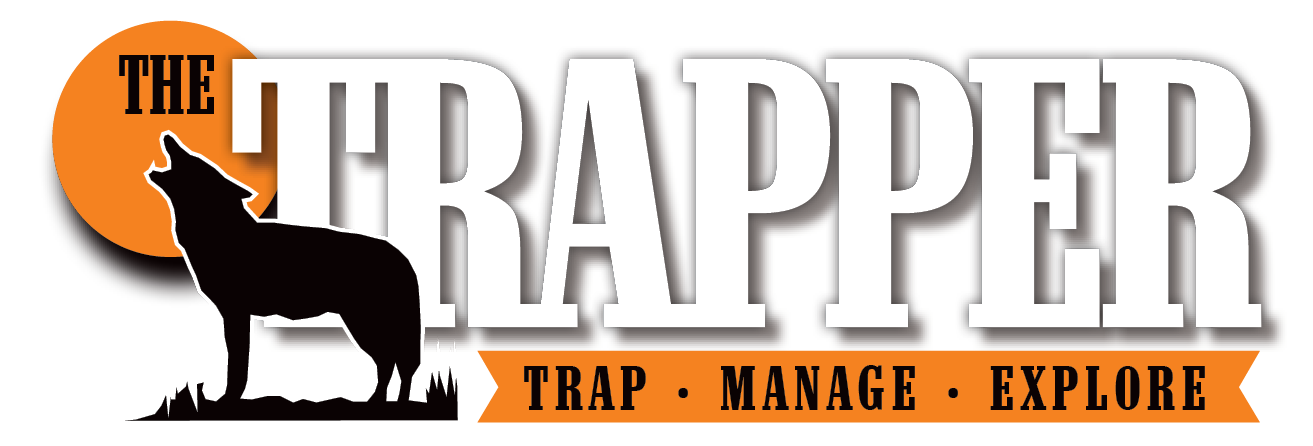Trapping seasons across North America are pretty much done by now and a few trappers may still be out chasing spring beaver or spring muskrats. For the most part however, the fur catch for the year is already harvested, and the warm spring rays take our mind to other outdoor ventures such as turkeys, spring fishing, morels, or getting gear ready for the next trapping season. The delay between harvest and sale of fur is always bizarre – most of the fur is sold when trapping seasons are over, and by the time we learn about ‘real’ fur prices, we can only start planning for the upcoming year.
I can maybe start by saying that we have been on a holding pattern in the last few years. Once the coyote bubble busted in 2021, we had a short burst of activity on the beaver market, mainly for the felt industry needed to make hats (cowboy hats among others). But other than beaver, the rest has been stable, and movement has been minimal. We have seen in the last year or so a slight increase in fancy furs, marten, fisher, lynx and bobcat for example, and this is expected to continue this year and probably into the next year as well. Fancy furs almost always are in short supply, and they are used in making very expensive coats and garments used by the top-end designers. These high-end designers use high-end product for high-end consumers, consumers that do not fear high prices. Sure, this is not a product for the masses, but it gets these luxury furs on the most prized fashion runways across the world. Of these four species of fancy furs, fisher is probably the most accessible, marten the most important and abundant for northern trappers, and well, lynx and bobcat, fairly localized and in limited numbers. Trappers should be happy to see high prices for any fur species, but to influence trapper participation, we need good prices for the species that most trappers catch: beaver, raccoon, muskrat and coyote.

Photo by Daniel Schmidt.
Almost every trapper in North American has access to some beavers, and some trappers have access to lots of them. Beavers are the backbone of northern traplines for their fur, and for the meat that is either sold, consumed, or used for bait. Right now, the beaver market is softening up (the hatter market is getting enough felt – the offering from trappers has now met the demand from the market). The hatter market will pay a little less for beaver skins now, and it remains the fully prime pelts that get the most interest. Castoreum will also decrease a little, and probably sell at about USD 20-30 $ per pound.
Muskrats have been tough to sell in recent years, but there is a slow increase in the price of ranch mink pelts, and this could revive the muskrat demand. History shows that muskrat prices are tied closely to ranch mink prices, so any upswing in ranch mink helps drag our muskrat skins upwards. Do not expect prices to double, but it would be normal for muskrat prices to start on a slow increase — this year and next year as well.
The market for raccoons remains a heart breaker. As long as Russia fights with Ukraine, the raccoon market is on hold, and it may take several years, even after the war ends, for prices to recover. In the meantime, only the very best and thickest coon are used as trim, and small, early or flat skins are basically of no interest. If you plan on trapping coon, start late, catch fewer, but make sure you start when they are fully prime. There are probably thousands of raccoon pelts in storage, so buyers will not buy junk to store.
The market for coyote remains a happy memory that you should cherish as it likely will be a long time before it comes back up again. They sold well during the parka trim years (2011-2021) and now only the very best attract interest and then at very low prices. The trim trade still uses the most beautiful western coyotes, but that market slowed down considerably on a worldwide scale. Top westerns may bring you USD 20-30$. In the east, most buyers will not buy carcass coyotes because the price of the fur is less than the cost of getting someone to put it up. Be selective in what you skin and market, and if you are planning for 2025, remember to start when the fur is prime.
In fact, this message is probably the most important of all messages. In slow or recovering markets, buyers can buy the very best skins for little money, so nobody stocks up on junk skins. Junk skins have little or no value, and they cost the same to dress (tan), handle or ship. So in tough market years, focus on quality, not quantity, and please do not flood the market with off-season skins, animals caught in damage control operations when the fur is not prime, because not only are buyers not interested, nobody makes money on junk goods. And remember it takes as much effort to skin an early December animal as it does to skin a mid-October animal of the same species. Timing of harvest is BY FAR the greatest factor affecting the value of a pelt, and in the current market, catching prime fur should be your goal – regardless of the species you are chasing!

